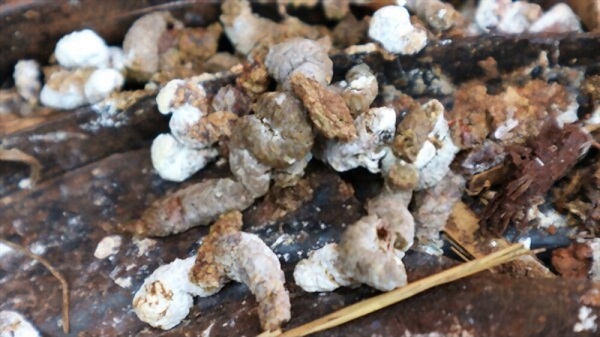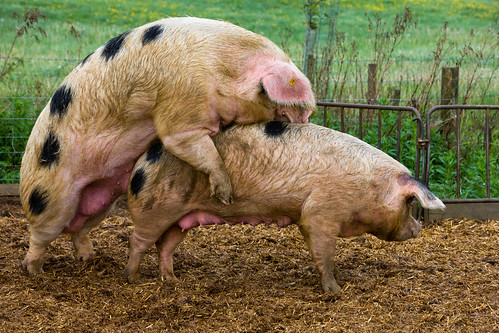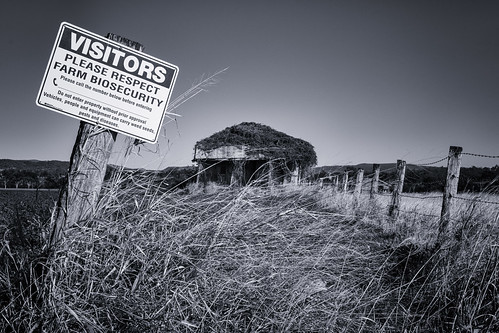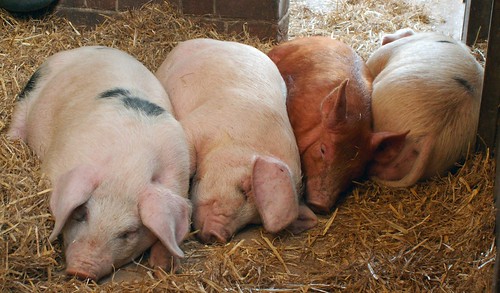Livestock farming is also significant to global food security and the economy. It involves the rearing of farm animals, which include poultry, sheep, goat, cattle and even fishes. In this farming sector, livestock waste is inevitable and can be a thorny issue if not managed properly. It can be a health hazard while at the same time, a very valuable resource to the farmer.
Waste Management
Waste is anything that is a by-product of a production process and is no longer of value to the producer. This can be anything from scrap metals to unwanted pieces of wood and even soil or sand.
We will be looking at animal waste in this article, which would include carcasses, bones, hide, feathers, and many more. Disposal of such waste would require man and van services to move them from the site or better still find a way of recycling or reusing them if possible.
Therefore, waste management would apply to both disposing and re-using the animal waste on the farm for the benefit of the farmer.
How to Re-use Animal Waste
Animal waste can be a major health and environmental risk as it is a source of noxious gases, harmful pathogens, and foul odour. It is also responsible for the release of carbon dioxide and ammonia into the air causing acid rain. If it comes into contact with water sources, they may become contaminated and cause infectious diseases. However, there are ways in which a farmer can turn that waste into natural resources for his benefit. These are:
1. Solid Manure
- This is made from the excrement of the farm animals, mostly cows. It is shovelled onto a wheelbarrow and poured into a decomposition pit.
- These manure pits should be located at least 200 meters away from any place where the odour would cause discomfort.
- Manure is applied to the soil in crop production.
2. Biogas Production
- This is the production of gas from anaerobic fermentation. In simple terms, the waste of animals is harvested and turned into volatile fatty acids, which in turn, through anaerobic bacteria’s action, changes into carbon dioxide and methane gas.
- This gas can be used for domestic and commercial purposes and can be used to cook, fuel an engine, and generate power.
3. Composting
- It has been acknowledged that adding fertilizers into the soil increases the crop yield in farming. A lot of these fertilizers are chemically produced and unfortunately, long term use of these chemicals has proven to be harmful to the sustainability of crop production. They have been known to affect the soil’s chemical, physical, and biological properties, therefore affecting the soil’s ability to produce healthy crops and bumper harvests.
- Composting is a natural process whereby matter prone to decay, such as carcasses or animal excrement, is mixed in with sawdust, soil, or hay to make manure. It is let to sit for some time, say three months, then it is turned and let to sit again for another three months. This turning is done to ensure even decomposition and enhance the destruction of parasite larvae that may be present in the decomposing matter.
- Composting is done in a way that doesn’t attract flies, vermin, rodents, or any odour.
- Any animal known to have suffered from any disease or any condition that required it to be kept under quarantine should not be composted. However, a healthy animal carcass may be buried under soil or manure within 24 hours after its death.
4. Vermicomposting
- This method is different from the other composting one because it uses earthworms in this case. They eat organic matter and excrete little pellets which are called vermicompost.
- In this process, important plant nutrients present in organic waste are released and converted into more soluble forms and available to the plants. It also contains several micronutrients, enzymes, and some nitrogen-fixing bacteria that enrich the nutrients in the vermicompost.
- Worms are in themselves a rich source of protein in animal feeds.
5. Aerobic Oxidation
- Slurry, which is the liquid waste from animals, can be disposed of by pouring it into shallow ditches, lagoons, and lakes.
- Large areas would be needed though and the solid sludge in it would have to be removed periodically.
- The water at the top can be used for irrigation after mixing it with fresh water.
6. Direct Application on The Land
- This is the pouring of the waste directly on the farmland and it is usually applied to the sections that are not in use at the moment.
7. Algal Cultivation
- Algal cultivation is the cultivation of algae. The main interest for this cultivation is to convert the algal lipids into biodiesel, an alternative to the regular diesel fuel.
- This alternative offers several advantages to the environment seeing as it is biodegradable and non-toxic.
- Carbon dioxide is a major component in the production of gases from anaerobic fermentation and can be used to produce algal biomass.
- Algae utilize carbon dioxide more efficiently than terrestrial plant matter and generate algal biomass as well as bio-oil.
8. Livestock and Fish Integration
- If a farmer practices aquaculture together with livestock farming, cattle manure can be used as a source of manure for the ponds. It can increase the yield of fish without any supplementary feeding.
- The slurry from washing the animal sheds can be drained into the pond and the pond water periodically pumped to irrigate the farm.
A point to note here is that all animal waste used for land application should be handled so as not to contaminate water sources as these would create a health hazard.
In conclusion, seeing as in most farm settings, animals are reared in close proximity to human dwellings. A lot of consideration must be put into the animal sheds’ hygienic maintenance. The livestock waste should be managed to ensure the prevention of the spread of disease and cut down the cost of managing the farm.
If well planned and actioned, livestock waste disposal and management can easily translate into a very profitable farming venture.



